Daft Punk “Robot Rock” -style oscillator sync riff
The music video of Daft Punk's “Robot Rock” is a realization of the 70s worldview of Giorgio Moroder—who later offered to produce their album “Random Access Memories.” Robots dancing in a disco amid galactic space sounds and a rock image have been added, but it's as if the music video emerged from the world of illustrations by Shuusei Nagaoka, who created artwork for Giorgio and the Italo-disco units such as Music Machine, with whom he participated. The synth riff that is repeated countless times in “Robot Rock” is definitely the ARP Odyssey. I've reproduced the unmistakably powerful oscillator sync that's so difficult for any other synthesizer to create. The sonic signature of the sound depends on how the envelope sweeps the pitch of hard-synced oscillator 2. Slight adjustments to these parameters will dramatically change the character.

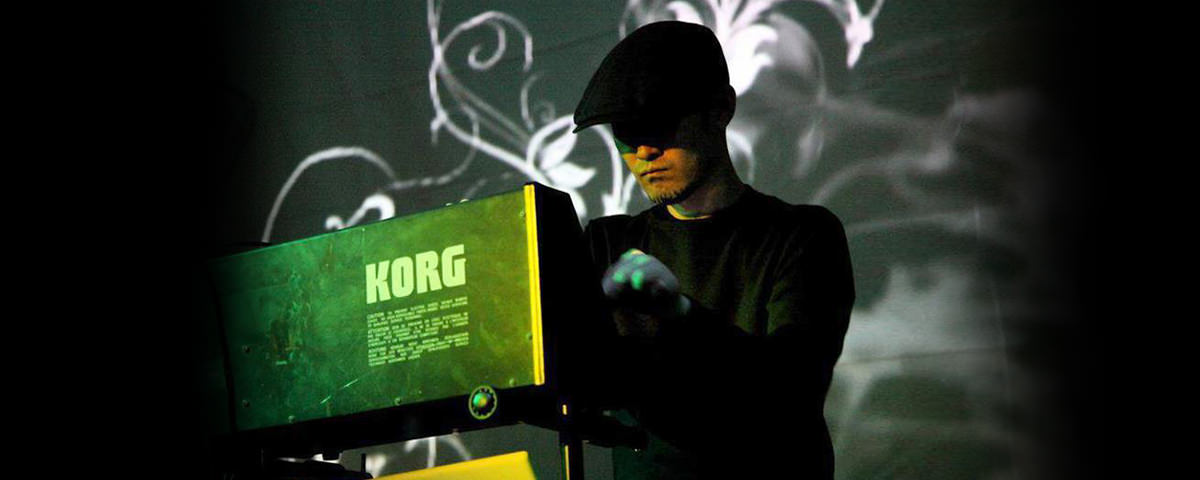
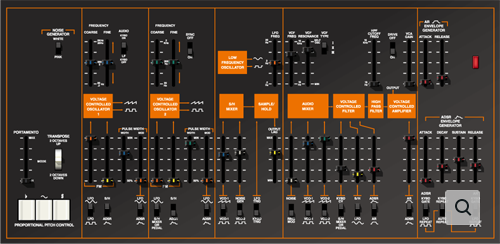
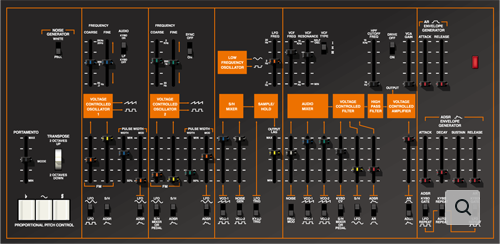
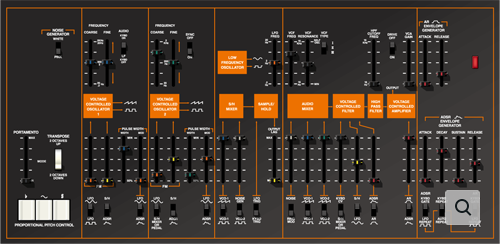
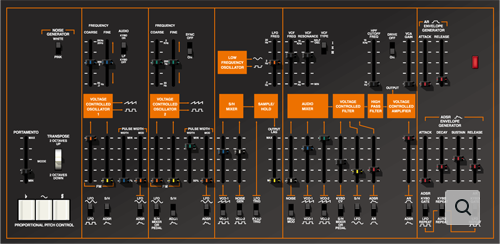
 Masayasu Tzboguchi
Masayasu Tzboguchi